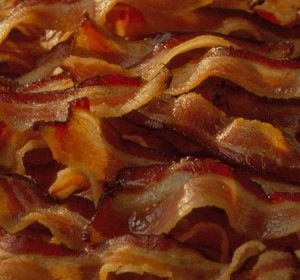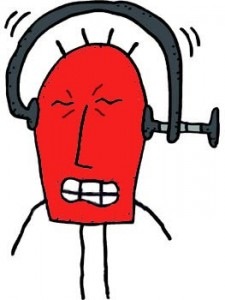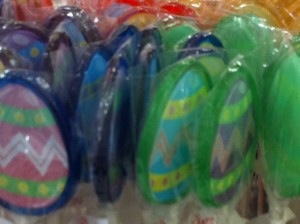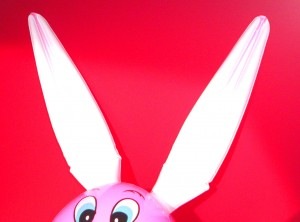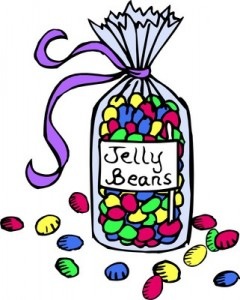Skip The Bacon
Want to save around 100 calories? That’s what’s in two medium slices of bacon.
Nix two slices of bacon on your bacon cheeseburger or two slices on your club sandwich or breakfast sandwich.
If you eat bacon five times a week that’s a pound lost in seven weeks and five pounds lost in 35 weeks just by subtracting those slices from what you normally eat. Of course, that’s assuming you don’t add an extra slice of cheese or a heaping spoonful of mayo!
